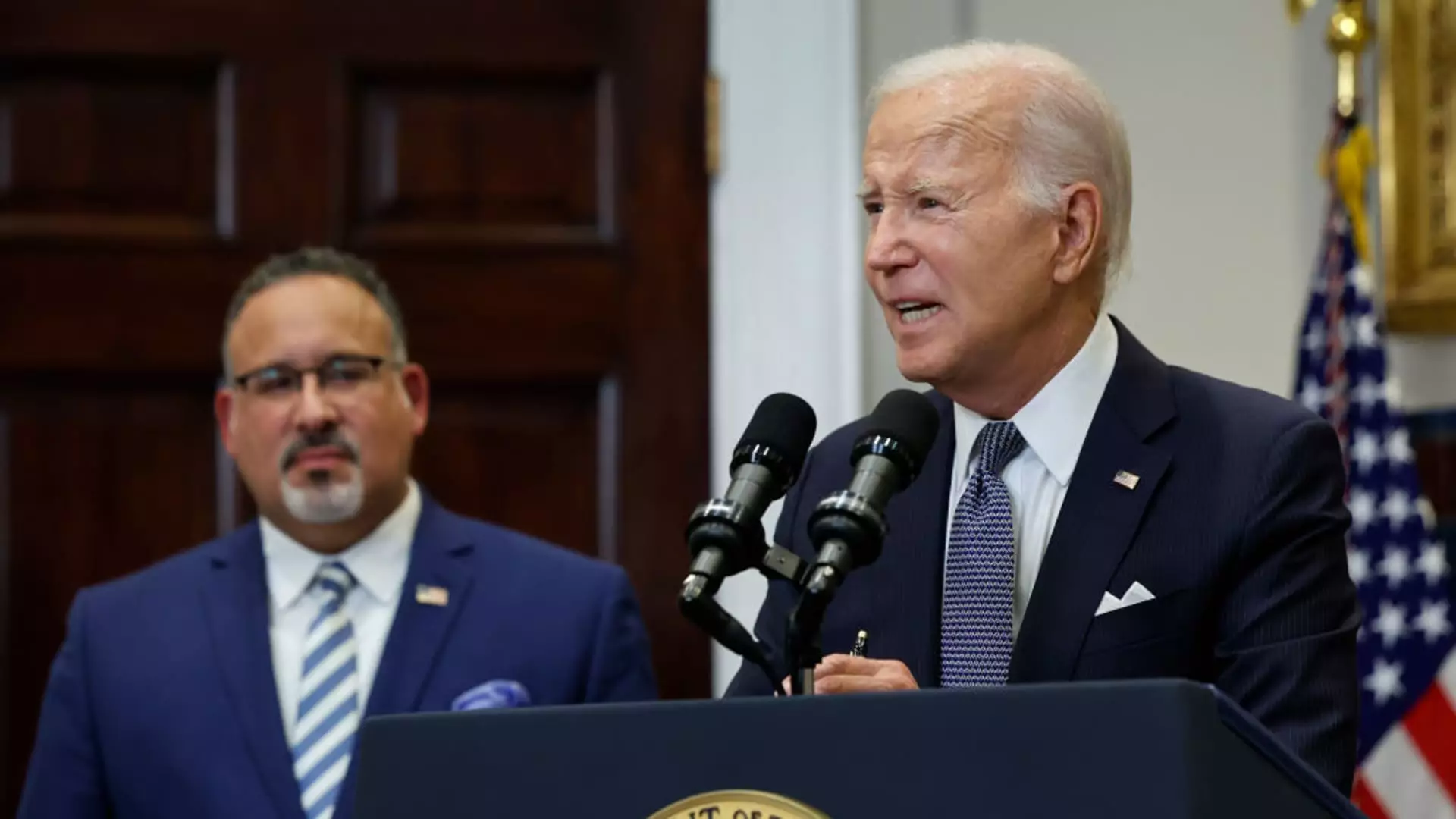In a significant policy turnaround, the U.S. Department of Education has revealed that it will commence collection activities for federal student loan borrowers who have defaulted on their debts—a move unseen for many years. The resumption of wage garnishment and the potential for retirement benefit offsets marks a crucial juncture for millions of Americans grappling with student loan obligations. This article examines the implications of this pivotal decision and the broader context surrounding the student loan crisis in the United States.
Defaulting on student loans has become a stark reality for millions. In 2022, approximately 7.5 million federal student borrowers were reported to be in default, a figure that has drawn alarming parallels to the financial distress witnessed during the 2008 mortgage crisis. By late 2024, thanks in part to measures taken during the COVID-19 pandemic, this number had decreased to around 5.5 million. Despite this apparent improvement, the resumption of collections highlights that many borrowers remain perilously close to default, and the implications of reinstating collection practices could have a sweeping impact on their financial well-being.
The recent memo from the Department of Education lays out plans to reactivate collection practices, which could see borrowers’ wages garnished starting in October 2024, with Social Security offsets potentially beginning as early as August. The urgency behind the memo underscores the Biden administration’s acknowledgment that the student loan landscape is still fraught with challenges that require immediate and decisive action.
Following the expiration of the COVID-era pause on federal student loan payments in September 2023, the Biden administration attempted to alleviate potential fallout through a “12-month on-ramp” to repayment. This initiative aimed to protect borrowers from the immediate consequences of falling behind on payments. However, as that window has now closed, the time to prepare for adverse impacts has dwindled. While this temporary measure provided a reprieve for some, the looming reintroduction of severe penalties will likely exacerbate financial anxiety among borrowers.
As collection activities resume, it will be essential to evaluate not only the immediate impact on borrowers’ financial situations but also the psychological toll that this uncertainty can create. For many, the fear of wage garnishment and collection actions may lead to increased stress, impacting their mental health and overall quality of life.
The memo from the Department of Education outlines several strategies aimed at assisting borrowers in avoiding default, including the proposal for automatic enrollment into income-driven repayment plans (IDR) for those who fall behind on their payments. This approach seeks to lower monthly payments based on income and family size, potentially reducing the chances of default.
Moreover, the memo encourages the identification of borrowers who may qualify for loan forgiveness programs through better data matching with federal entities. This forward-thinking initiative is crucial in addressing prevalent concerns about the lack of awareness among borrowers regarding their eligibility for forgiveness.
However, there remains skepticism about the effective implementation of these strategies. As noted by higher education expert Mark Kantrowitz, the benefits of these initiatives should be extended to all borrowers, not just those nearing default. The systemic hurdles that have historically plagued the student loan system must be dismantled to ensure that relief can reach those in need promptly.
In the face of the ongoing student loan crisis, the Biden administration’s recent memo showcases both intent and a roadmap for action. However, the successful execution of these strategies will depend heavily on continued political support and policy stability. There is concern that changes in administration could lead to a retraction of these measures, throwing borrowers back into uncertainty. Previous administrations have displayed varying degrees of commitment to reforming the student loan system.
As the Biden administration wrestles with these challenges, it will be vital to maintain focus on protecting the most vulnerable borrowers, particularly as collection practices loom large once again. In recognizing the growing student loan crisis as a national issue that transcends party lines, there may be an opportunity for collaborative solutions that prioritize borrower welfare.
Ultimately, the reintroduction of collections for federal student loan borrowers represents a critical crossroad, where policy decisions must align with the lived experiences of millions of Americans. The challenged landscape of student loans necessitates a balanced approach, one that considers both the financial realities of repayments and the human implications of defaulting. As borrowers brace themselves for the consequences of collection activities, a unified call for reform should resound—one that fosters a more equitable student loan system for all.

